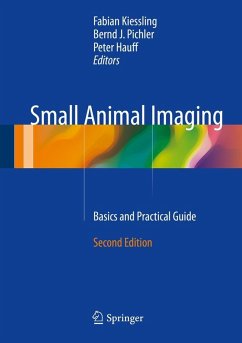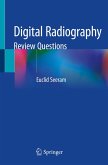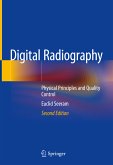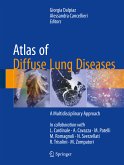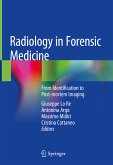Dieser Download kann aus rechtlichen Gründen nur mit Rechnungsadresse in A, B, BG, CY, CZ, D, DK, EW, E, FIN, F, GR, HR, H, IRL, I, LT, L, LR, M, NL, PL, P, R, S, SLO, SK ausgeliefert werden.
"This is the second edition of a book that addresses the use of imaging techniques in research involving small animals as test subjects. ... appropriate for individuals with a pre-existing solid foundation in imaging who are engaged in, or plan a career focusing on, research applications of imaging techniques. ... It is comprehensive and highly detailed, and individual researchers will likely find a select number of chapters pertinent to their work ... ." (Marcella D. Ridgway, Doody'sBook Reviews, August, 2017)

